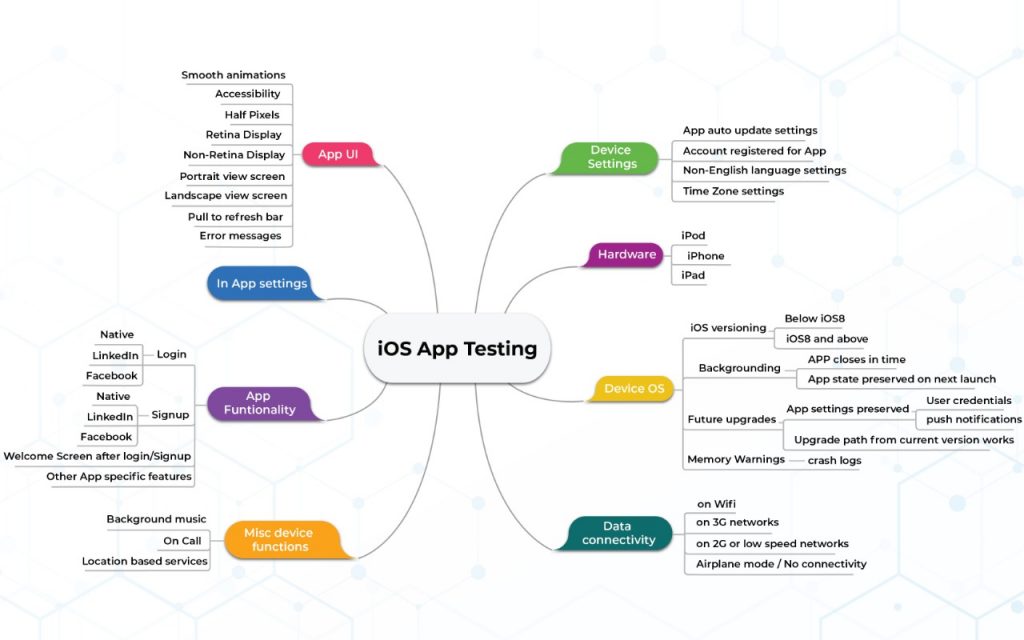
We all know the Apple story. How Steve Jobs and Steve Wozniak built the company from scratch and developed it into this massive success it is today. Apple has its own group of people who use only apple products. A family of a sort.
As we all know, iOS is the official manifesto of Apple Inc., licensed to be used in its apps. By the determination and the strategies by Jobs, it is designed to be like a family of users of the company. Like a large brood of birds. This means that no application in the Apple system can be used in other devices. On the other hand, today, the equally popular manifesto of Android can be used by any device. Though Apple is trying to focus on increasing the closed ménage of users they have, Android has the advantage of its reach to the masses. The competition is present and ever-growing.
Apple works along its popular patents such as iPhone, iPad, iPod and iPad Mini. Approximately 1 billion people are using about 1.4 billion Apple products today. To have a smooth and smart experience, the apps in the system should be bug-free. And here comes the need for iOS application are some pre-considered goals of iOS app testing. Being a type of UI testing, it focuses on the mutual workings of the various Functionalities of different apps and instruments, with giving support to a new instrument named as ‘Automation’.
Also, iOS testing gazes into the efficiency of JavaScript library. To validate an application, here are some basic utilities of iOS automation testing.
- It lets you collect different types of data and helps you to analyze it closely and smartly by putting that information side by side.
- Along with increasing productivity, it offers pocket-friendly results by minimizing the cost of software development.
- A vigorous tool that allows you to collect all the data regarding the response and performance of running processes, may it be a single process or multiple processes.
- Classification of the information can be done as either ‘File Access’ or ‘Memory Use’, with every instrument marked as a different type of information.
- The integration of many of the open-source testing frameworks can be done which supports iOS Application testing.
A conclusive answer to a Bug-Less App – iOS App testing.
It is a stated fact that to design and implement an iOS application, a large amount of time and hard work is required. If the errors and bugs are ignored, the usability and the functioning of the app can be effectively harmed. While keeping the quality on its mark, below are some basic ways to keep safe the apps of the sophisticated and giant company that Apple is.
- Applications’ crashing rate can be minimized or even completely cleared.
- Applications can be made more compatible for developers.
- To prevent the iOS devices from being hacked, it can strengthen the data security feature.
- Can offer a strong solution for memory leak incidents.
Check out the map below to get a clear idea of what to consider while testing iOS application by automation testing. It is important for a tester to have in mind all the aspects mentioned below.

Different ways for automated testing
- Unit test – To authenticate any particular case in any class and to confirm that the class is working, this test is done. It delivers a stand-alone result.
- UI/Integration test – To test the user interactions of the application and to ensure that all the cases are finely synchronized to give away the expected result.
Now that the Whats, Hows and Whys are clear, let’s get to the writing of iOS application testing cases.
1. Making a project using XCTest
XCTest is a quite resourceful tool to facilitate the testing. It is issued by Apple itself. Using the XCTest’s manifesto, a new XCode project should be made. The project includes 3 main elements.
- An individual target for every test
- A different group for every test class
- An analogy test
2.Creating iOS unit test
Below are the steps to actually create iOS unit test.
- Create a new test case class and name a new subclass
- Remove the boilerplate code
- Select the class to be tested and link your test to it
- Write a test code
- Include a private category
- By pressing Command-U, start and run the test
- Do analysis of the results. They will be displayed through the Test Navigator
By following the guidelines considerately, create unit tests to authenticate the iOS application’s performance. Do it neatly in an automated and programmed way. The iOS automation testing overrules the chance of any bug or issue and makes the Apple user’s performance smooth and crisp, keeping the qualitative value of the company up to the mark. So, if you are a tester, use the methods and tricks to test iOS applications. Have a go at it and surely you will have the best experience later.
Afterall, It’s the Apple Inc.!

